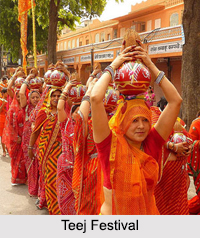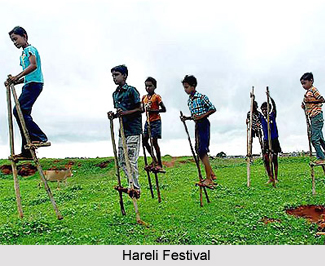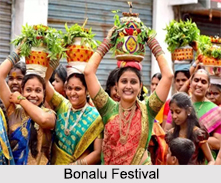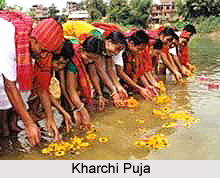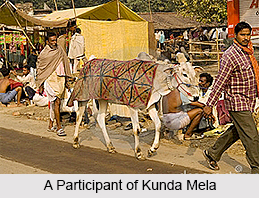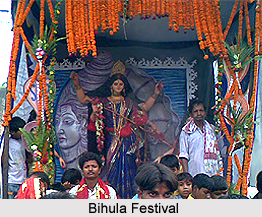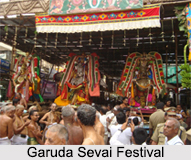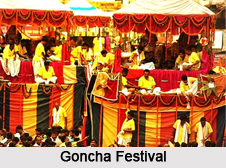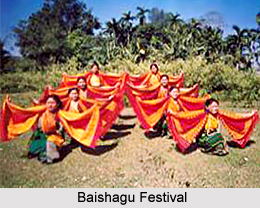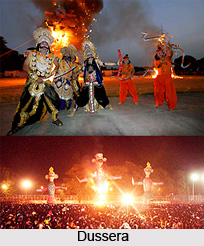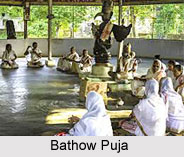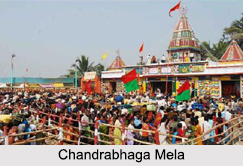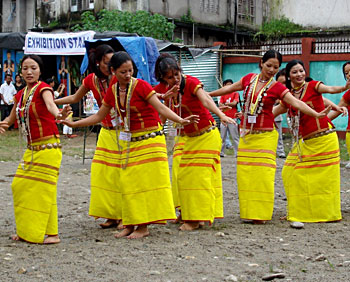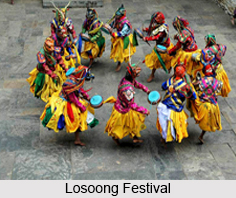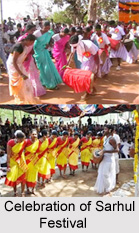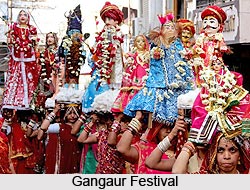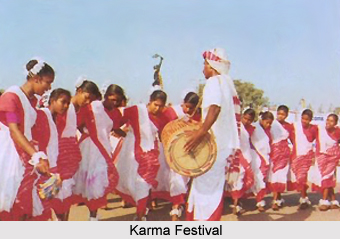`Sati` is an age old custom in India among the Hindu families. As per this custom, the woman whose husband has died needed to sacrifice her life on the funeral pyre of her husband. The woman who performs this `Sati` custom was regarded to be extremely virtuous. It is also believed that the woman goes directly to heaven for this sacrifice. The `Sati stones` are the stones or slabs erected on the spot, where a widow woman sacrificed her life on the funeral pyre of her husband.
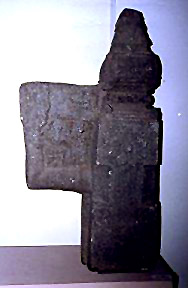 In South India, there are many places where stones or slabs are erected to honour those women. Sati stones or slabs are considered very holy and some people have even built temples on them. These are called `Sati stones` or `Maha-sati stones` because the women who sacrificed their life were called `Sati`. These Sati stones are like the stones planted in the honour of the heroes who sacrificed their lives for the nation or for some other noble cause. These stones can also be found in other parts of the country like in Bengal and Gujarat apart fro South India. The Sati stones can be found in the outskirts of the villages and also at the spot where the lady became `Sati`. The members of the family of the `Sati` also perform regular worship of the Sati stones in South India. Few of the Sati stones also bear the sculpture of the woman ready to jump into the funeral pyre of her husband. It also shows the sculpture of the onlookers playing musical instruments while witnessing the process. If the husband is depicted then he is shown smaller in scale with folded hands to show respect to the sacrifice of his wife.
In South India, there are many places where stones or slabs are erected to honour those women. Sati stones or slabs are considered very holy and some people have even built temples on them. These are called `Sati stones` or `Maha-sati stones` because the women who sacrificed their life were called `Sati`. These Sati stones are like the stones planted in the honour of the heroes who sacrificed their lives for the nation or for some other noble cause. These stones can also be found in other parts of the country like in Bengal and Gujarat apart fro South India. The Sati stones can be found in the outskirts of the villages and also at the spot where the lady became `Sati`. The members of the family of the `Sati` also perform regular worship of the Sati stones in South India. Few of the Sati stones also bear the sculpture of the woman ready to jump into the funeral pyre of her husband. It also shows the sculpture of the onlookers playing musical instruments while witnessing the process. If the husband is depicted then he is shown smaller in scale with folded hands to show respect to the sacrifice of his wife.
The Sati stones can be found in various parts of South India. One of the earliest Sati stones of South India can be seen in Madras Government Museum. It was brought from Penu-Konda in Andhra Pradesh, which is of about the 10th century AD. It shows the fully decorated hand of the sacrificing woman. The upper portion of the Sati stone depicts the husband and wife sitting and dying together, while on the other side the sun and moon shows that their fame will exist in the earth till the sun and moon exist.
The Sati stones can also be found in other parts of South India like outside the Panchalingeshwara temple in Kotekeri, (Karna-taka). These took the form of stone posts from the side, which projects a woman`s right hand and arm like a spear. These are approximately four or five feet in height, carved at the top. But none of these sculpture depict that whether those women sacrificed willingly or by forcibly. These Sati stones can be found mainly in surrounding areas of Chennai (earlier Madras) like in Tondaimandalam.
